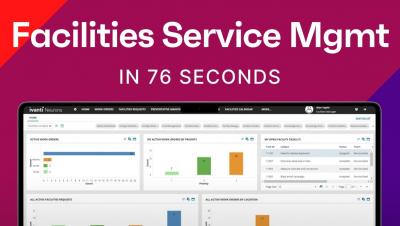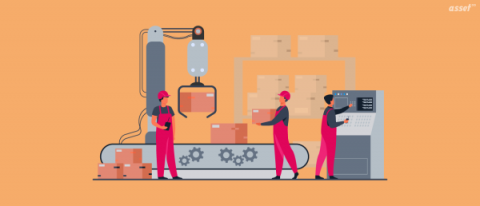The Importance of Data Management in Enterprise Asset Management
Today's quickly evolving corporate environment has made controlling enterprise assets more important than ever. To ensure their long-term sustainability and profitability, businesses need to be able to manage and maintain their assets efficiently. Enterprise Asset Management (EAM) is useful in this situation. A strategic approach to managing and sustaining an organization's assets, such as its infrastructure, machinery, and equipment, is known as enterprise asset management (EAM).










